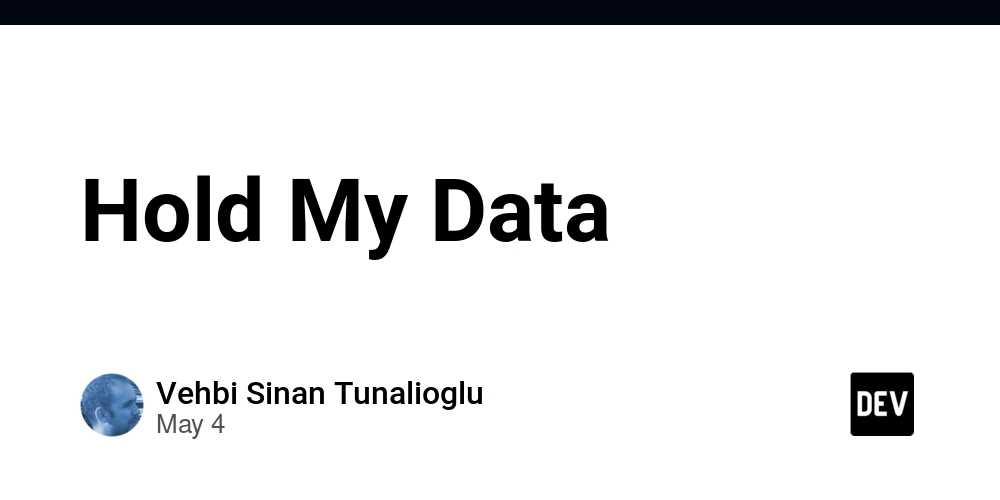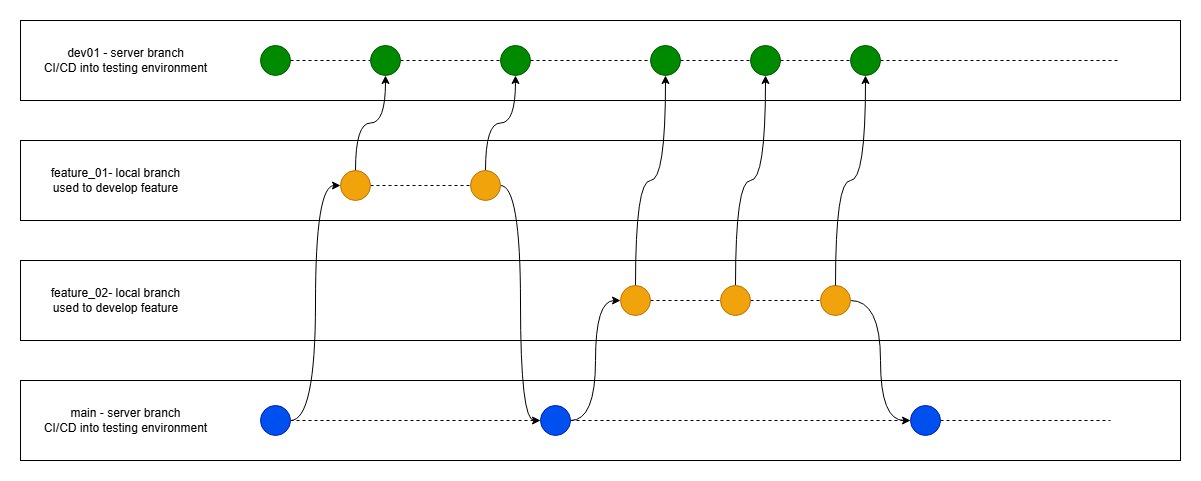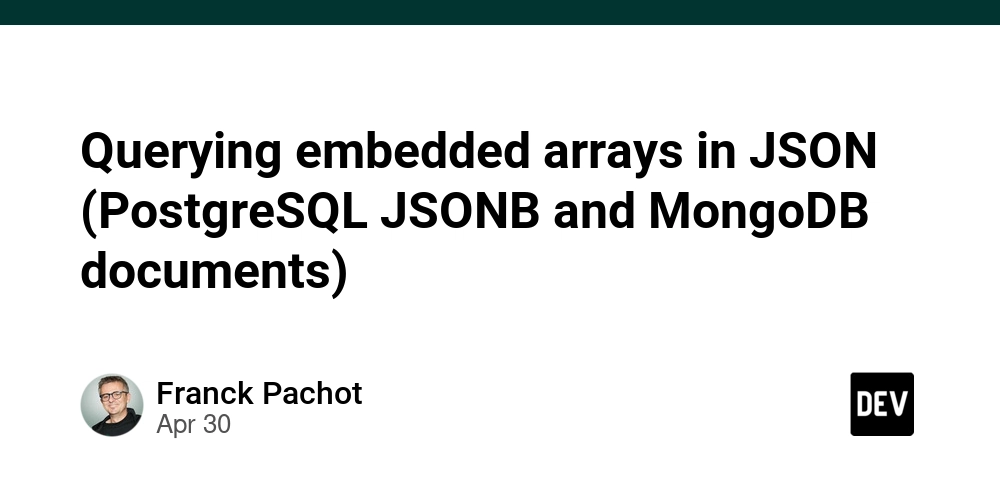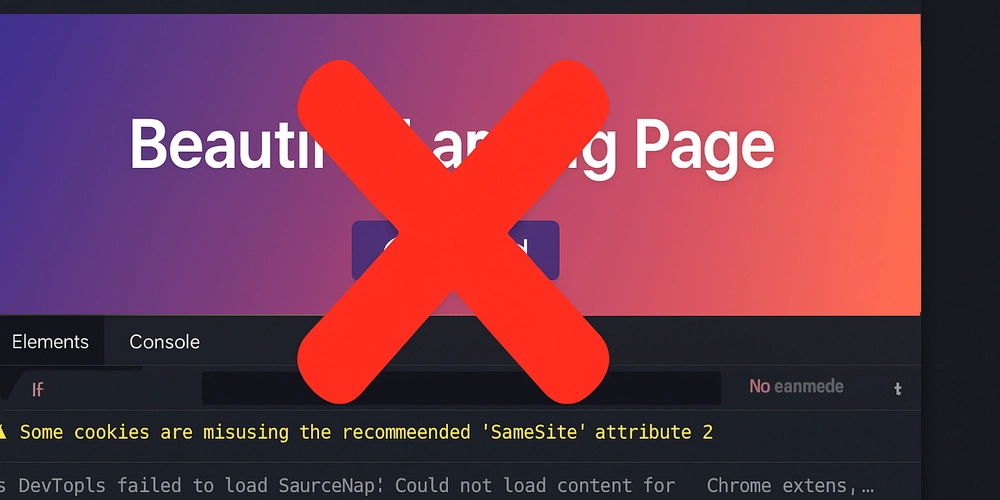How to Buy Drip Tokens: A Comprehensive Guide to DeFi Innovation
Abstract This post offers a deep dive into the process of acquiring Drip tokens on the Binance Smart Chain, how these tokens integrate into the DeFi ecosystem, and the wider implications of decentralized finance technologies. We cover step-by-step instructions for buying DRIP tokens using popular wallets and exchanges, provide background on DeFi and blockchain security, explain core Drip Network features, and discuss future trends and challenges. Relevant tables, bullet lists, and useful links (including those from Drip Network, MetaMask, Trust Wallet, Binance, Kraken, Coinbase, and PancakeSwap) support the content, making it both accessible and engaging. Introduction Decentralized finance (DeFi) is rapidly revolutionizing the traditional financial world by offering accessible, peer-to-peer financial tools. One of the most intriguing developments in DeFi is the rise of tokens like DRIP. With platforms such as Drip Network providing innovative investment opportunities, understanding how to purchase these tokens is crucial for anyone looking to participate in this evolving ecosystem. In this post, we will break down the process in clear, actionable steps while discussing related technical insights that ensure security and potential profitability. Background and Context The Emergence of DeFi and DRIP Tokens DeFi utilizes blockchain technology to remove intermediaries in financial transactions. Drip tokens (DRIP), which operate on the Binance Smart Chain (BSC), offer users a gateway into yield farming, staking, and daily rewards – features that have transformed traditional investment strategies. As digital assets and decentralized platforms grow in popularity, understanding the historical context and technological underpinnings becomes more important. Decentralized finance began with early blockchain innovations and smart contracts – self-executing agreements that run without third parties. Now, projects like Drip Network leverage these concepts to offer token incentives, high yield opportunities, and community-based governance. Key Definitions Blockchain: A distributed ledger technology that records transactions across many computers. Smart Contracts: Self-executing contracts with the terms of the agreement directly written into code. Binance Smart Chain (BSC): A blockchain platform that provides faster and low-cost transactions compared to Ethereum. Drip Tokens (DRIP): A type of cryptocurrency token used by the Drip Network to incentivize staking, referrals, and other community activities. Ecosystem Context The DRIP ecosystem is part of a broader movement where alternative payment methods, decentralized exchanges, and secure wallet solutions converge. For more insight on smart contracts and blockchain principles, please refer to Smart Contracts on Blockchain and Blockchain Security. Core Concepts and Features Step-by-Step Process to Purchase DRIP Tokens Here is a summary of the key steps involved in purchasing DRIP tokens: Set Up a Cryptocurrency Wallet – Use wallets like MetaMask or Trust Wallet that support Binance Smart Chain. Acquire Binance Coin (BNB) – Purchase BNB through exchanges such as Binance, Kraken, or Coinbase. Transfer BNB to Your Wallet – Withdraw your BNB using your wallet address from your selected wallet. Swap BNB for DRIP – Use decentralized exchanges such as PancakeSwap to perform the token swap. Secure Your Tokens – Enhance wallet security by enabling features like Two-Factor Authentication and backing up the recovery seed phrase. Stake or Utilize DRIP Tokens – Consider participating in staking programs or community initiatives like referral programs (Drip Network Staking). Detailed Features and Integration The Drip Network is designed with several key aspects that make it attractive for both novice and experienced users: User-Friendly Interface: Easy wallet setup and token swaps via popular DEXs. High-Yield Incentives: Attractive yields through staking and daily reward mechanisms. Community Governance: Token holders engage in decisions affecting network upgrades and rewards. Security-First Approach: Emphasis on wallet security and smart contract audits to protect investors. Table: Comparison of Wallet Options Wallet Platform Features Link MetaMask Browser/Mobile Easy setup, BSC compatible, broad DApp support MetaMask Trust Wallet Mobile Intuitive UI, BSC and multi-chain support Trust Wallet Bullet List: Essential Security Tips Enable Two-Factor Authentication (2FA) Backup Your Seed Phrase Offline Regularly Update Your Wallet Software Review Smart Contract Details on DEXs Applications and Use Cases Investment and Yield Farming Investors can use DRIP tokens to enter yield farming schemes, potentially earning substantial returns through smart contract-based staking programs. With well-known staking stra

Abstract
This post offers a deep dive into the process of acquiring Drip tokens on the Binance Smart Chain, how these tokens integrate into the DeFi ecosystem, and the wider implications of decentralized finance technologies. We cover step-by-step instructions for buying DRIP tokens using popular wallets and exchanges, provide background on DeFi and blockchain security, explain core Drip Network features, and discuss future trends and challenges. Relevant tables, bullet lists, and useful links (including those from Drip Network, MetaMask, Trust Wallet, Binance, Kraken, Coinbase, and PancakeSwap) support the content, making it both accessible and engaging.
Introduction
Decentralized finance (DeFi) is rapidly revolutionizing the traditional financial world by offering accessible, peer-to-peer financial tools. One of the most intriguing developments in DeFi is the rise of tokens like DRIP. With platforms such as Drip Network providing innovative investment opportunities, understanding how to purchase these tokens is crucial for anyone looking to participate in this evolving ecosystem. In this post, we will break down the process in clear, actionable steps while discussing related technical insights that ensure security and potential profitability.
Background and Context
The Emergence of DeFi and DRIP Tokens
DeFi utilizes blockchain technology to remove intermediaries in financial transactions. Drip tokens (DRIP), which operate on the Binance Smart Chain (BSC), offer users a gateway into yield farming, staking, and daily rewards – features that have transformed traditional investment strategies. As digital assets and decentralized platforms grow in popularity, understanding the historical context and technological underpinnings becomes more important.
Decentralized finance began with early blockchain innovations and smart contracts – self-executing agreements that run without third parties. Now, projects like Drip Network leverage these concepts to offer token incentives, high yield opportunities, and community-based governance.
Key Definitions
- Blockchain: A distributed ledger technology that records transactions across many computers.
- Smart Contracts: Self-executing contracts with the terms of the agreement directly written into code.
- Binance Smart Chain (BSC): A blockchain platform that provides faster and low-cost transactions compared to Ethereum.
- Drip Tokens (DRIP): A type of cryptocurrency token used by the Drip Network to incentivize staking, referrals, and other community activities.
Ecosystem Context
The DRIP ecosystem is part of a broader movement where alternative payment methods, decentralized exchanges, and secure wallet solutions converge. For more insight on smart contracts and blockchain principles, please refer to Smart Contracts on Blockchain and Blockchain Security.
Core Concepts and Features
Step-by-Step Process to Purchase DRIP Tokens
Here is a summary of the key steps involved in purchasing DRIP tokens:
- Set Up a Cryptocurrency Wallet – Use wallets like MetaMask or Trust Wallet that support Binance Smart Chain.
- Acquire Binance Coin (BNB) – Purchase BNB through exchanges such as Binance, Kraken, or Coinbase.
- Transfer BNB to Your Wallet – Withdraw your BNB using your wallet address from your selected wallet.
- Swap BNB for DRIP – Use decentralized exchanges such as PancakeSwap to perform the token swap.
- Secure Your Tokens – Enhance wallet security by enabling features like Two-Factor Authentication and backing up the recovery seed phrase.
- Stake or Utilize DRIP Tokens – Consider participating in staking programs or community initiatives like referral programs (Drip Network Staking).
Detailed Features and Integration
The Drip Network is designed with several key aspects that make it attractive for both novice and experienced users:
- User-Friendly Interface: Easy wallet setup and token swaps via popular DEXs.
- High-Yield Incentives: Attractive yields through staking and daily reward mechanisms.
- Community Governance: Token holders engage in decisions affecting network upgrades and rewards.
- Security-First Approach: Emphasis on wallet security and smart contract audits to protect investors.
Table: Comparison of Wallet Options
| Wallet | Platform | Features | Link |
|---|---|---|---|
| MetaMask | Browser/Mobile | Easy setup, BSC compatible, broad DApp support | MetaMask |
| Trust Wallet | Mobile | Intuitive UI, BSC and multi-chain support | Trust Wallet |
Bullet List: Essential Security Tips
- Enable Two-Factor Authentication (2FA)
- Backup Your Seed Phrase Offline
- Regularly Update Your Wallet Software
- Review Smart Contract Details on DEXs
Applications and Use Cases
Investment and Yield Farming
Investors can use DRIP tokens to enter yield farming schemes, potentially earning substantial returns through smart contract-based staking programs. With well-known staking strategies available in the DRIP ecosystem, the pathway for earning passive income is more accessible than ever.
- Example: Users may stake DRIP tokens to earn daily rewards, reinvesting the earnings to maximize yield.
- Related Insight: Learn more about daily rewards and staking by checking out Drip Network Staking.
Community Engagement and Governance
The referral programs and community-driven governance models enhance investor involvement. Token holders not only profit from staking but also play a role in guiding the platform’s course.
- Example: Referral incentives encourage network growth as users invite new investors.
- Comparison: Projects on ethereum and other blockchain platforms share similar models with innovative twists.
Open Source and Financial Innovation
The DRIP platform, similar to developments discussed in various Dev.to articles, showcases how open source principles merge with blockchain solutions. This combination supports ethical funding methods, community participation, and enhances overall project transparency.
- Example: Open source funding models are increasingly used to support sustainable blockchain projects, as explored in Unlocking Passive Income: Exploring DRIP Networks Daily Rewards in the DeFi Universe.
Challenges and Limitations
Technical Complexities
While the process of buying DRIP tokens is straightforward, several technical challenges must be considered:
- Smart Contract Vulnerabilities: Despite being audited, smart contracts can be targeted by hackers. Ensure you always verify contract addresses and details.
- Network Congestion: High traffic on the Binance Smart Chain may occasionally slow down transactions.
- User Errors in Wallet Management: Incorrect wallet setups or loss of recovery phrases can result in irreversible asset loss.
Adoption Barriers
Even though DeFi presents groundbreaking opportunities, mainstream adoption still faces hurdles:
- Limited Understanding: Many potential investors are unfamiliar with decentralized finance, smart contract risks, or blockchain technicalities.
- Regulatory Uncertainty: In many regions, lack of clear regulatory frameworks could deter some users from adopting these technologies.
- Security Concerns: Users remain cautious due to high-profile security breaches in other projects, making diligent security practices crucial.
Economic Factors
The fluctuating value of DRIP tokens and underlying assets may also pose challenges:
- Market Volatility: Rapid price changes can affect returns and investor sentiment.
- Liquidity Issues: In periods of low trading volume, swapping tokens may incur higher fees or slippage.
- Tokenomics: The unique distribution methods and tax mechanisms of DRIP may not suit all investor profiles.
Future Outlook and Innovations
Increasing Integration with Traditional Finance
As traditional financial institutions begin to adopt blockchain technology, the boundaries between DeFi and traditional finance may blur further. Several trends suggest:
- Institutional Adoption: More banks and investment firms are experimenting with blockchain assets, potentially elevating the status of platforms like Drip Network.
- Interoperability Solutions: Developments in cross-chain technology may allow DRIP tokens to migrate seamlessly between platforms, enhancing liquidity and market opportunities.
Technological Advancements
Future innovations are expected to address current challenges:
- Enhanced Security Protocols: Next-generation smart contracts and improved audit methodologies will reduce vulnerabilities.
- User-Friendly Tools: Simpler interfaces and more robust wallet integrations will help mainstream users get involved with ease.
- Decentralized Governance Models: As governance models mature, token holders may gain more decision-making power, supporting a more democratic ecosystem.
Evolving DeFi Ecosystem
Blockchain technology is at the forefront of a rapidly evolving financial ecosystem where:
- New Investment Opportunities: Innovations in staking, yield farming, and token issuance will create fresh avenues for investors.
- Regulatory Adaptations: Governments are gradually establishing frameworks that will assist in integrating DeFi securely into the global economy.
- Sustainable Funding: Open source projects and community funding models explored in Unlocking the Future of Finance: The Power of Blockchain Tokenization are paving the way for sustainable innovation.
Summary
Buying and working with DRIP tokens is an exciting adventure in DeFi that combines technical innovation, community governance, and financial opportunity. This guide covered:
- An Overview of DeFi and DRIP's Role: Explaining fundamental concepts and the steps required to purchase DRIP tokens.
- Core Features: Detailed instructions on wallet setup, acquiring BNB, and swapping tokens on DEXs like PancakeSwap.
- Key Security and Community Considerations: Guidelines on maintaining wallet security and participating in staking programs.
- Challenges, Limitations, and Future Trends: Discussing technical, economic, and regulatory hurdles alongside potential advancements.
As DeFi continues to grow, staying informed and prioritizing security is vital. Whether you are a seasoned investor or new to the blockchain world, leveraging trusted platforms like Drip Network and resources like MetaMask and Trust Wallet will help you navigate this dynamic landscape.
For additional insights on sustainable funding models and innovative open source projects, consider checking out other technical posts on Dev.to such as License Token: A New Dawn in Open Source Funding and Unlocking Passive Income: Exploring DRIP Networks Daily Rewards in the DeFi Universe.
In conclusion, the guide on how to buy DRIP tokens encapsulates both the technical steps and the broader implications within the decentralized finance landscape. By understanding the process, recognizing inherent challenges, and looking ahead to future innovations, investors can confidently join this new wave of digital finance while maximizing their potential returns in an increasingly interconnected financial ecosystem.






































































































































































![[The AI Show Episode 145]: OpenAI Releases o3 and o4-mini, AI Is Causing “Quiet Layoffs,” Executive Order on Youth AI Education & GPT-4o’s Controversial Update](https://www.marketingaiinstitute.com/hubfs/ep%20145%20cover.png)



























































































































![[DEALS] Microsoft 365: 1-Year Subscription (Family/Up to 6 Users) (23% off) & Other Deals Up To 98% Off – Offers End Soon!](https://www.javacodegeeks.com/wp-content/uploads/2012/12/jcg-logo.jpg)




![From Art School Drop-out to Microsoft Engineer with Shashi Lo [Podcast #170]](https://cdn.hashnode.com/res/hashnode/image/upload/v1746203291209/439bf16b-c820-4fe8-b69e-94d80533b2df.png?#)








































































































(1).jpg?#)
































_Inge_Johnsson-Alamy.jpg?width=1280&auto=webp&quality=80&disable=upscale#)














































































































![Apple to Split iPhone Launches Across Fall and Spring in Major Shakeup [Report]](https://www.iclarified.com/images/news/97211/97211/97211-640.jpg)
![Apple to Move Camera to Top Left, Hide Face ID Under Display in iPhone 18 Pro Redesign [Report]](https://www.iclarified.com/images/news/97212/97212/97212-640.jpg)
![Apple Developing Battery Case for iPhone 17 Air Amid Battery Life Concerns [Report]](https://www.iclarified.com/images/news/97208/97208/97208-640.jpg)
![AirPods 4 On Sale for $99 [Lowest Price Ever]](https://www.iclarified.com/images/news/97206/97206/97206-640.jpg)

































![[Updated] Samsung’s 65-inch 4K Smart TV Just Crashed to $299 — That’s Cheaper Than an iPad](https://www.androidheadlines.com/wp-content/uploads/2025/05/samsung-du7200.jpg)


































































